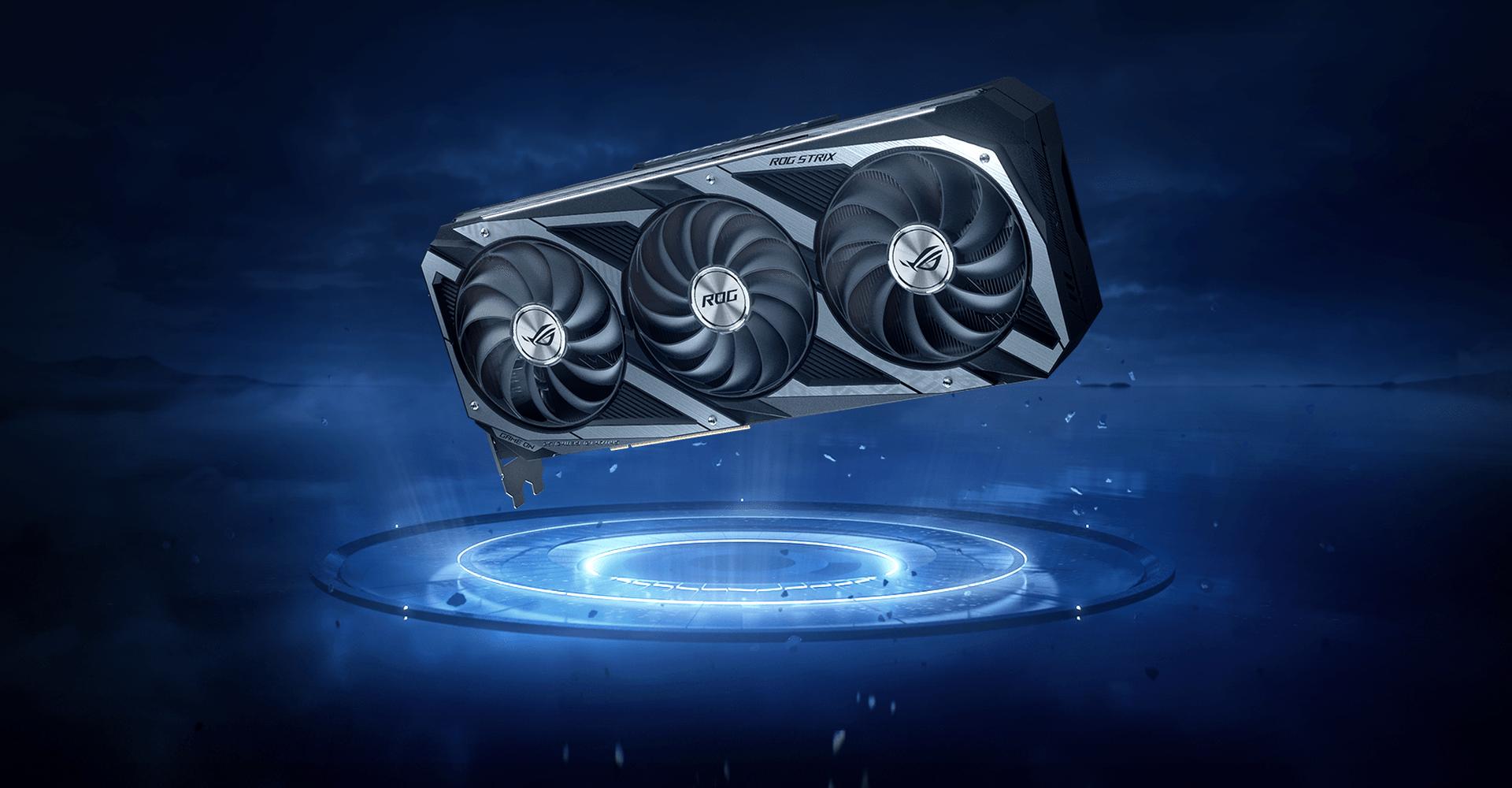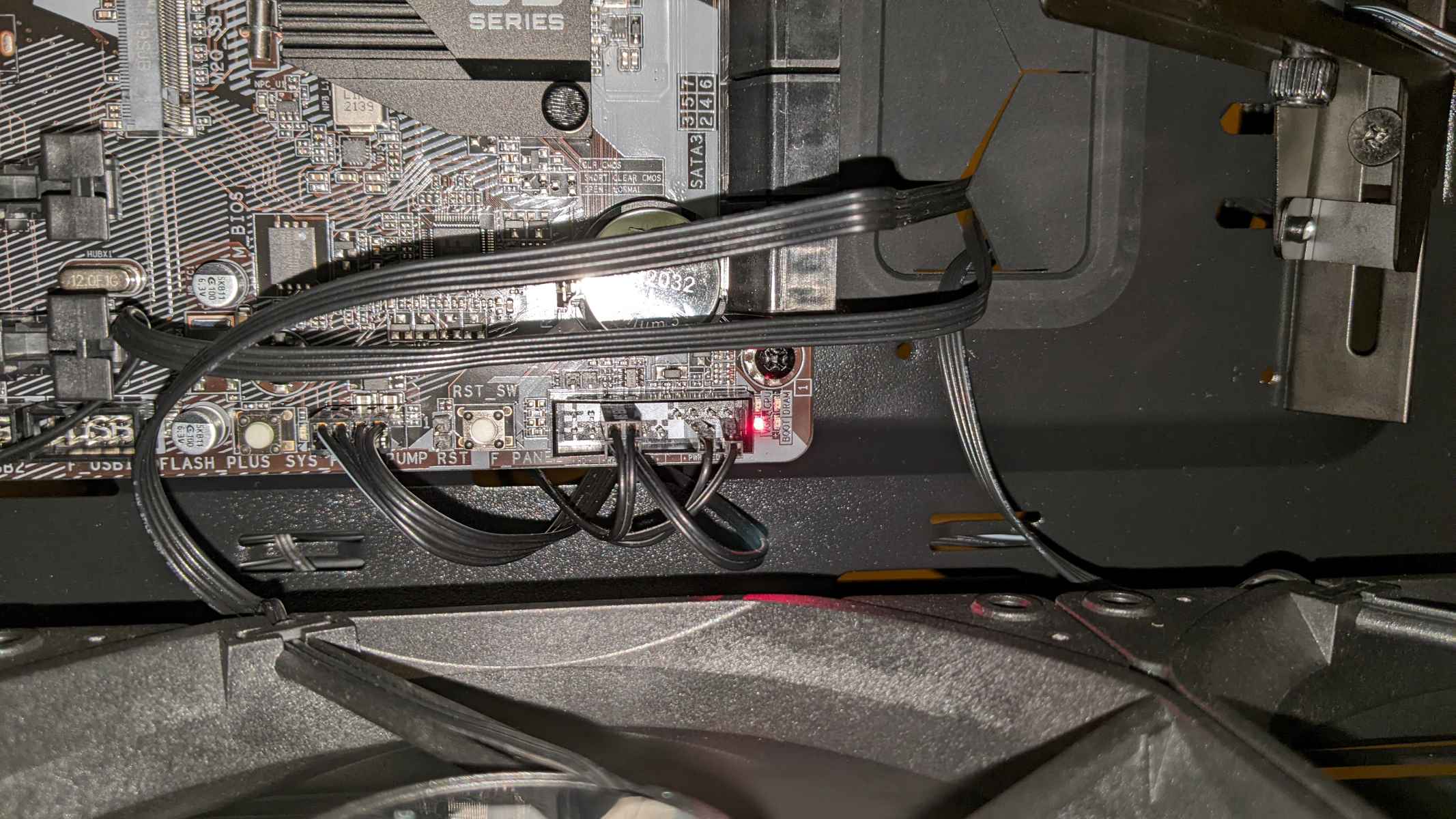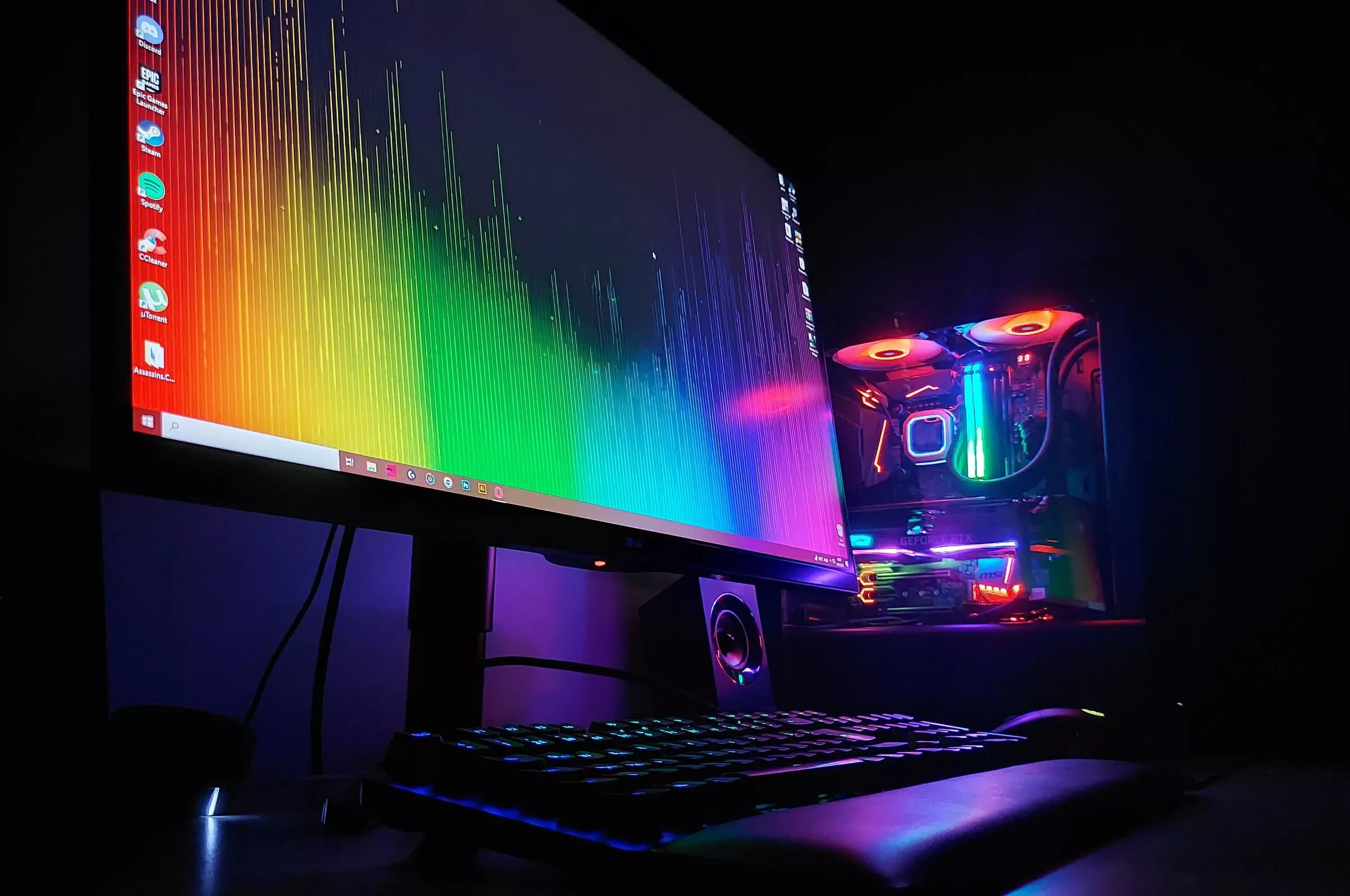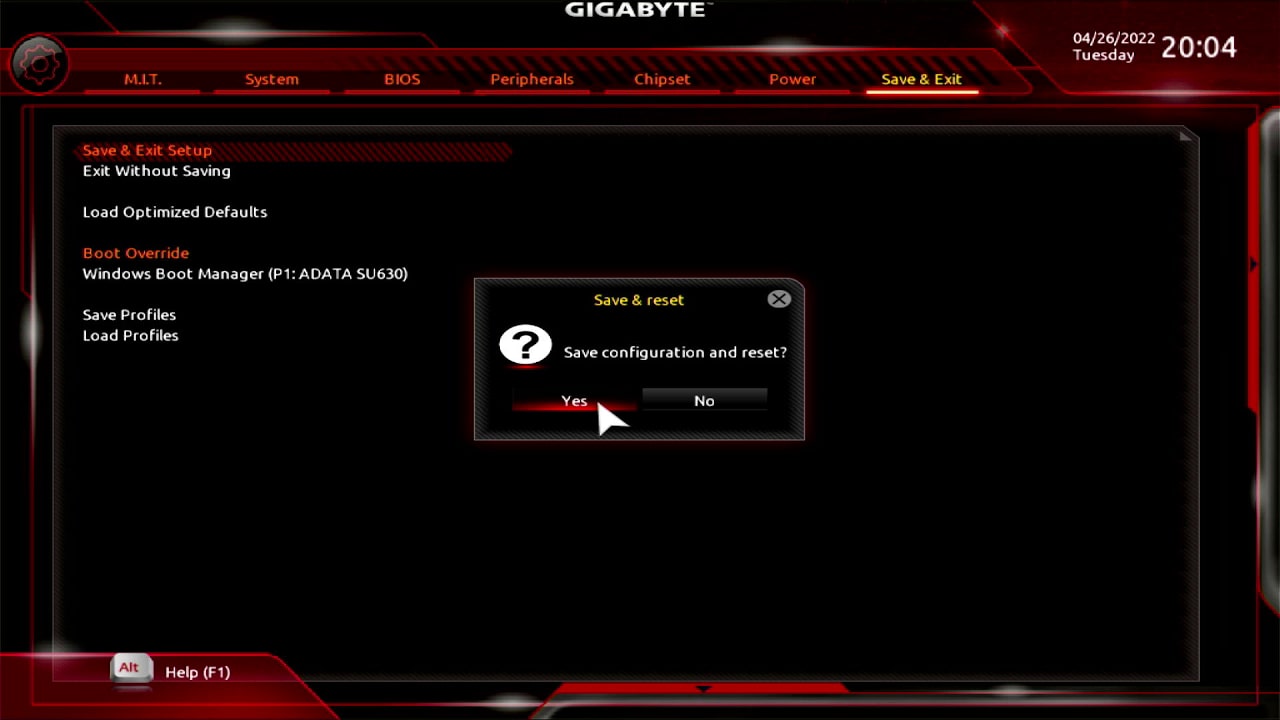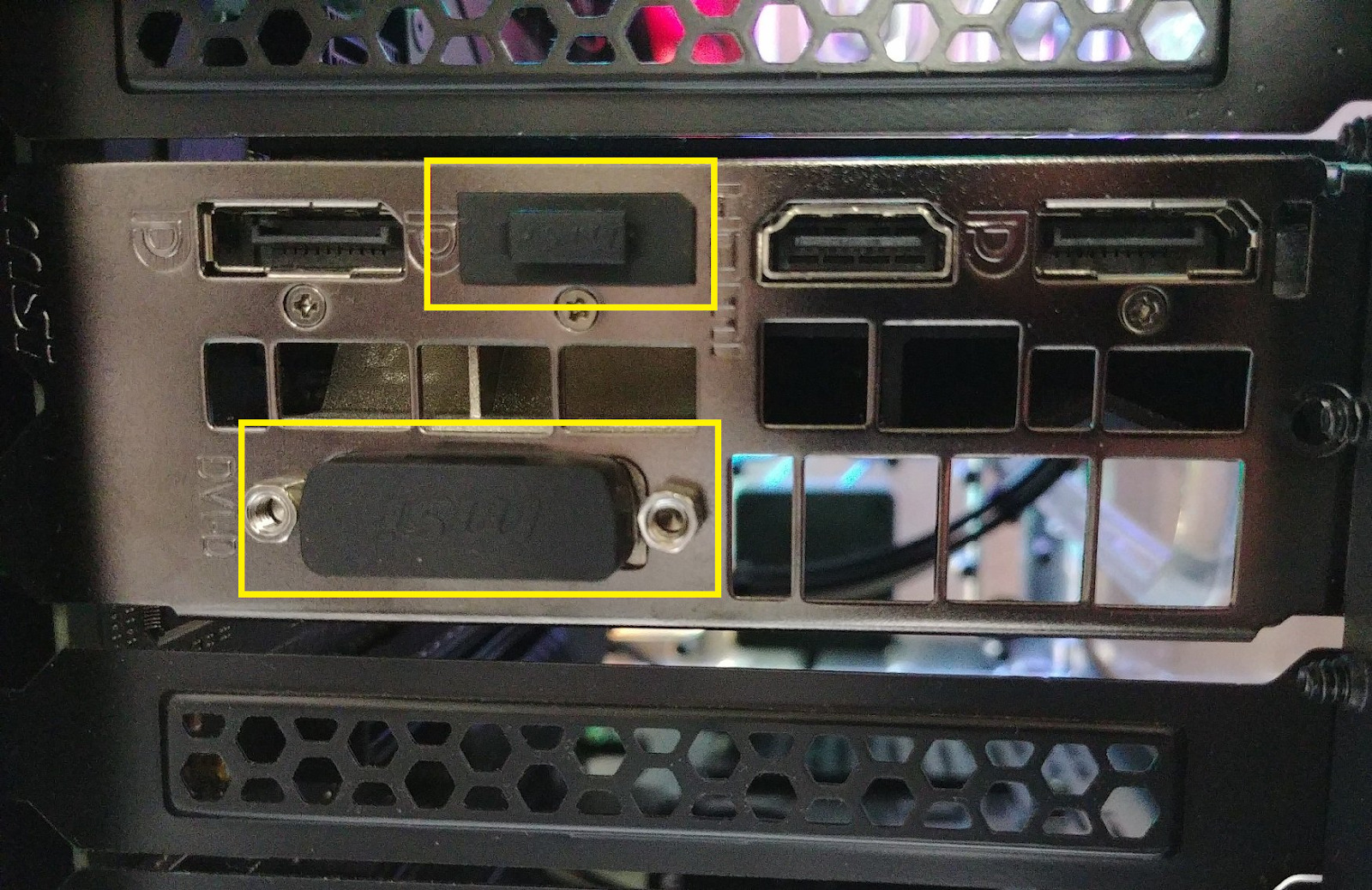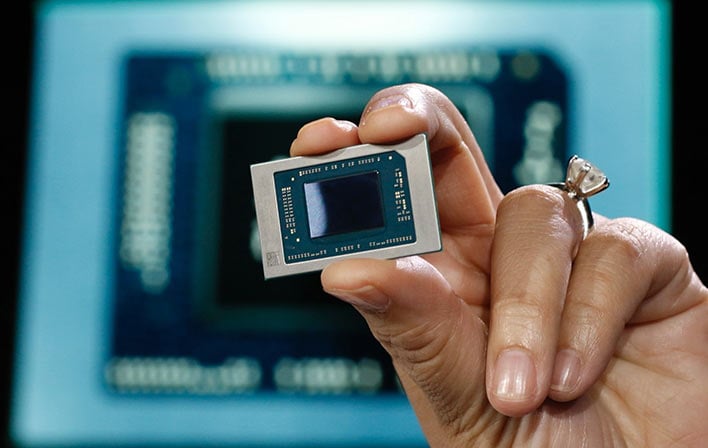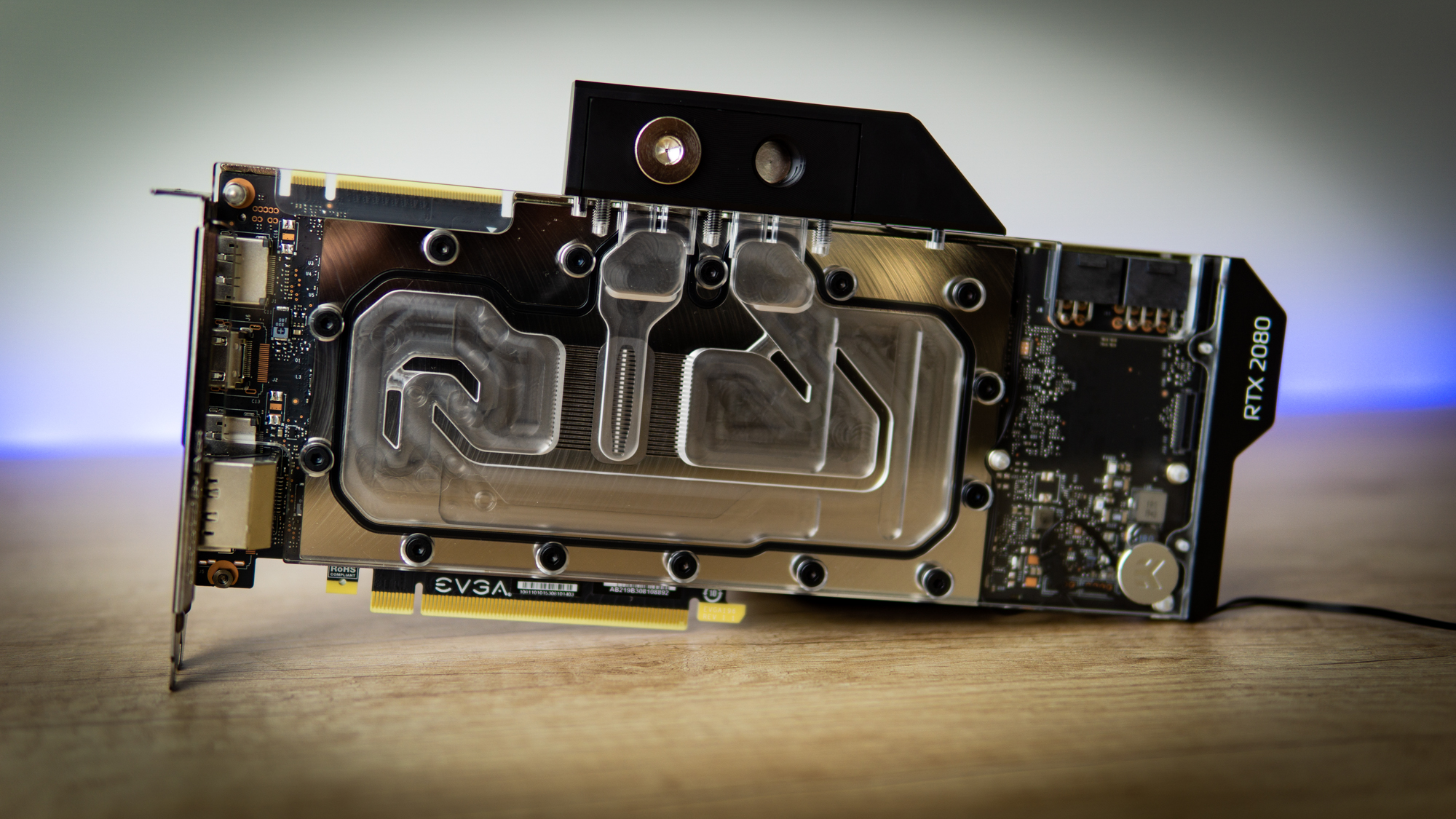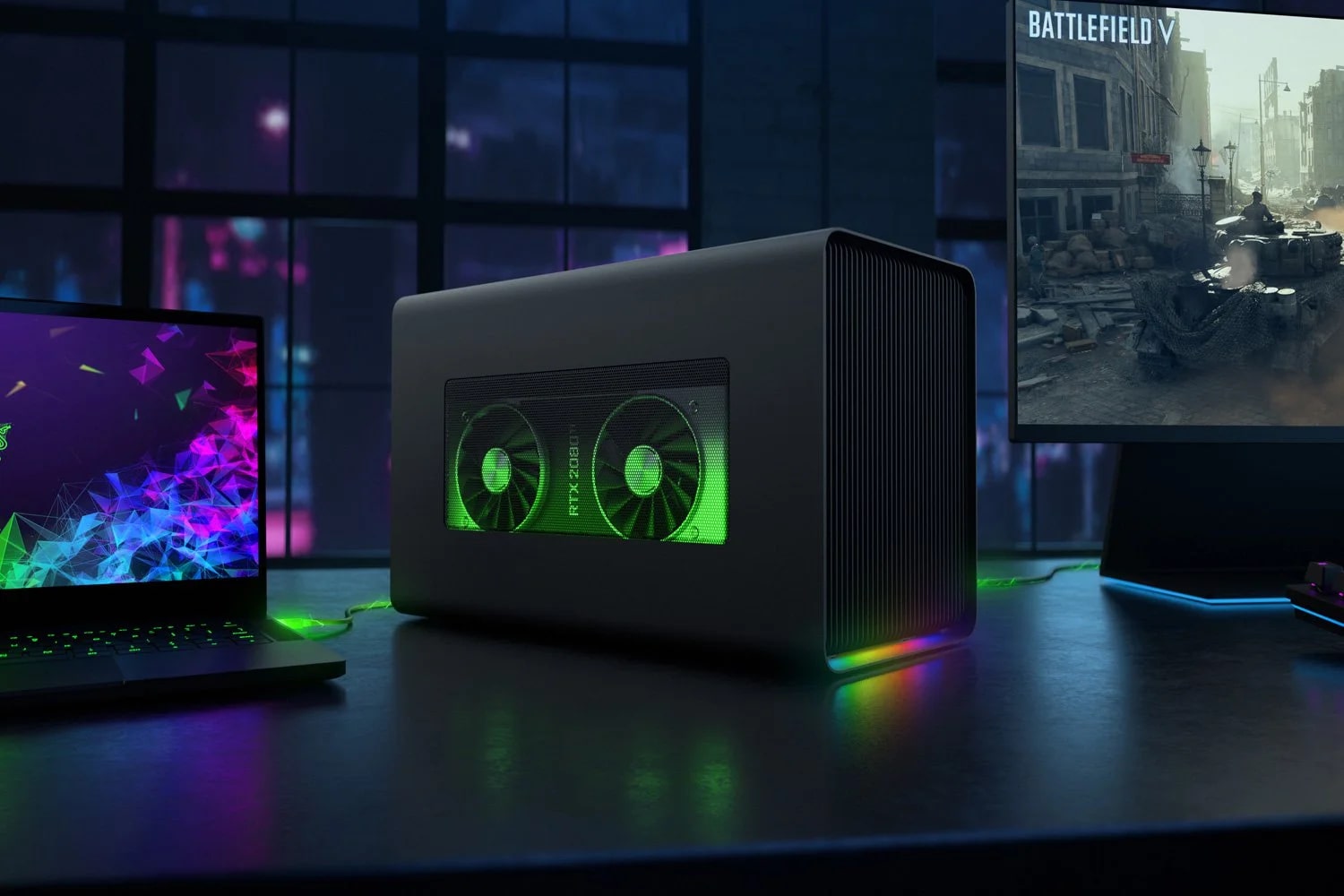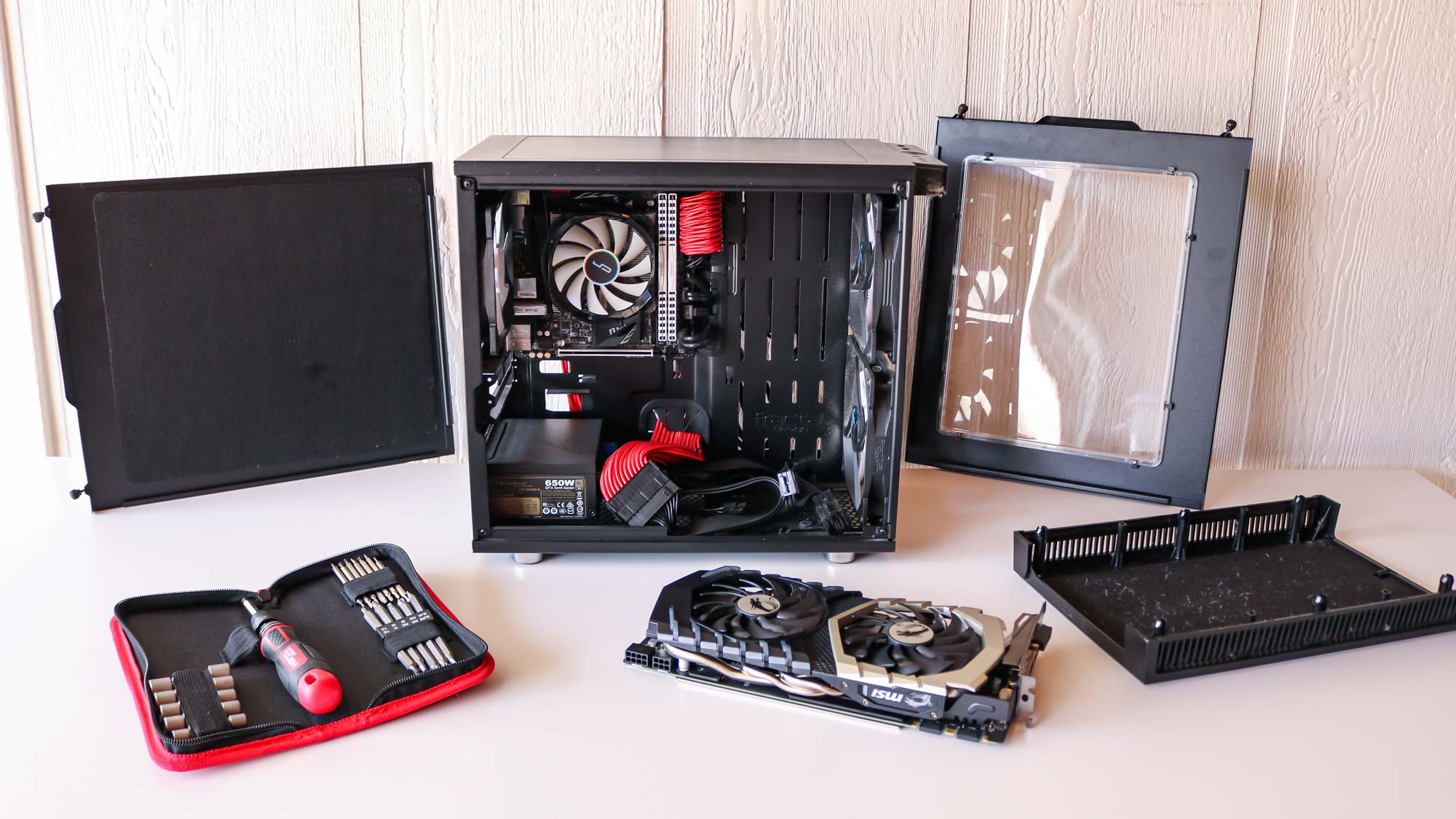Introduction
Having a powerful graphics card is essential for gamers, graphic designers, and anyone who relies on their computer for visually intensive tasks. But how can you be certain that your graphics card is being used to its full potential? In this article, we will explore various ways to check if your graphics card is being utilized efficiently.
Graphics cards, also known as GPUs (Graphics Processing Units), are responsible for rendering and displaying images, videos, and 3D graphics on your computer screen. Modern GPUs are designed to handle complex calculations and deliver smooth visuals, making them a critical component of your system’s performance.
However, there are instances when your graphics card may not be operating at its full capacity. This could be due to outdated drivers, incorrect graphics settings, or conflicting software. In this article, we will discuss how to address these issues and ensure that your graphics card is being used effectively.
Whether you are a gamer looking for maximum frame rates or a designer working on high-resolution projects, understanding how to check and optimize your graphics card performance is key. By following the steps and recommendations provided in this article, you can make sure that your graphics card is being fully utilized and that you’re getting the best possible performance out of your system.
Checking if your graphics card is being used
Before diving into optimization methods, it’s important to determine if your graphics card is indeed being utilized by your system. Here are a few ways to check:
1. Device Manager
Open the Device Manager on your Windows computer by right-clicking the Start button and selecting “Device Manager.” Expand the “Display adapters” category, and you should see the name of your graphics card listed. This confirms that your graphics card is recognized by your system.
2. Task Manager
Launch the Task Manager by right-clicking the taskbar and choosing “Task Manager.” Navigate to the “Performance” tab and click on “GPU” in the left sidebar. If you see activity on the GPU graph while running a demanding application or game, it indicates that your graphics card is being used.
3. GPU-Z
GPU-Z is a popular software tool that provides detailed information about your graphics card. It can also show the GPU load percentage while running applications. Download and install GPU-Z, launch it, and keep an eye on the Load percentage while using graphics-intensive software.
Remember, it’s normal for the GPU load to vary depending on the demand of the task. Higher loads are expected during intense gaming sessions or when rendering complex graphics.
By using these methods, you can verify if your graphics card is being utilized by your system. If you find that it is not, don’t worry! There are several steps you can take to optimize its performance, which we will discuss in the following sections.
Updating your graphics card drivers
Outdated graphics card drivers can often be the culprit behind underutilization or performance issues. Manufacturers regularly release driver updates to improve compatibility, fix bugs, and enhance performance. Follow these steps to update your graphics card drivers:
1. Identify your graphics card
Begin by determining the manufacturer and model of your graphics card. Right-click on the Windows Start button, select “Device Manager,” and expand the “Display adapters” category. Note down the name of your graphics card.
2. Visit the manufacturer’s website
Once you have identified your graphics card, visit the manufacturer’s official website. Look for a section labeled “Support” or “Drivers.” Access the drivers section and search for your specific graphics card model.
3. Download and install the latest drivers
Locate the latest driver version available for your graphics card. Download the appropriate driver based on your operating system and follow the on-screen instructions to install it. Make sure to select the correct driver version to avoid compatibility issues.
4. Automatic driver update tools
If manually updating your graphics card drivers seems daunting, you can use automatic driver update tools. These tools scan your system, detect outdated drivers, and download the latest versions automatically. Examples include NVIDIA GeForce Experience and AMD Radeon Software.
Regularly updating your graphics card drivers ensures that your system is equipped with the latest optimizations and fixes, allowing it to fully utilize the capabilities of your graphics card. Remember to restart your computer after installing the new drivers for the changes to take effect.
Adjusting graphics settings in your applications
Optimizing graphics settings within your applications can significantly improve the utilization of your graphics card. Different software and games offer varying levels of customization, but most provide options to adjust graphics settings to suit your system’s capabilities. Here are some steps to optimize graphics settings in your applications:
1. Graphics settings within applications
Launch the application or game you wish to optimize and navigate to the graphics settings. Look for options such as resolution, anti-aliasing, texture quality, shadow quality, and effects. Adjust these settings based on the capabilities of your graphics card and the level of performance you desire.
2. Performance presets
Some applications offer pre-configured performance presets, such as “Low,” “Medium,” and “High.” These presets adjust multiple graphics settings simultaneously. Experiment with different presets to find the balance between visual quality and performance that suits your needs.
3. V-sync and frame rate settings
V-sync (Vertical sync) is a setting that helps prevent screen tearing by synchronizing the frame rate of your application with the refresh rate of your monitor. However, enabling v-sync can impact performance. Consider disabling v-sync or adjusting the frame rate limit to maximize GPU utilization while maintaining smooth gameplay.
4. Multi-GPU support
If you have a computer with multiple graphics cards (SLI for NVIDIA or CrossFire for AMD), check if the application supports multi-GPU utilization. Some applications may require specific settings or configurations to enable optimal utilization of multiple graphics cards.
Optimizing graphics settings within your applications allows you to strike a balance between visual quality and GPU utilization. Experiment with different settings and observe how they impact performance to find the optimal configuration for your preferences and hardware capabilities.
Monitoring GPU usage with third-party software
In addition to checking if your graphics card is being utilized, monitoring the GPU usage while running applications can provide valuable insights into its performance and ensure efficient utilization. Here are some popular third-party software options to monitor GPU usage:
1. MSI Afterburner
MSI Afterburner is a widely used graphics card monitoring and overclocking tool. It provides real-time monitoring of GPU usage, temperature, fan speed, and more. Afterburner also allows you to customize fan curves and overclock your graphics card if desired.
2. HWiNFO
HWiNFO is a comprehensive system monitoring tool that provides detailed information about your hardware components, including your graphics card. It offers real-time monitoring of GPU usage, temperature, clock speed, and other important metrics. HWiNFO is known for its accuracy and wide compatibility with different hardware configurations.
3. GPU-Z
GPU-Z, mentioned earlier in the article, not only provides detailed information about your graphics card but also includes real-time monitoring of GPU load and clock speeds. It is a lightweight and easy-to-use tool to keep an eye on your graphics card’s performance.
4. Task Manager
Windows Task Manager, as mentioned before, offers basic GPU monitoring capabilities. While not as comprehensive as dedicated monitoring software, it provides a quick and convenient way to monitor GPU usage without installing additional tools.
By utilizing third-party software to monitor GPU usage, you can ensure that your graphics card is being utilized efficiently during intensive tasks. These tools enable you to identify any performance issues, optimize settings, and gain a better understanding of how your graphics card is handling the workload.
Optimizing power settings for your GPU
Power settings play a crucial role in how your graphics card operates. Adjusting these settings can help optimize performance, improve energy efficiency, and ensure proper utilization of your GPU. Here’s how you can optimize power settings for your graphics card:
1. Windows Power Options
Windows operating systems offer different power plans that control system-wide power settings, including those for your graphics card. Access the Power Options settings by right-clicking the Start button, selecting “Power Options,” and choosing a power plan. Selecting the “High performance” plan ensures that your GPU operates at maximum performance levels.
2. NVIDIA/AMD Control Panel
If you have an NVIDIA or AMD graphics card, their respective control panel software allows you to further customize power settings. Open the NVIDIA Control Panel or AMD Radeon Software and navigate to the power options. Adjust settings such as power management mode or power limit to maximize GPU utilization or optimize for energy efficiency, depending on your needs.
3. Dynamic power management
Some newer graphics cards utilize dynamic power management, which adjusts power levels based on the current workload. This feature can optimize power usage and prevent unnecessary energy consumption. Ensure that dynamic power management is enabled in your graphics card’s control panel or driver settings.
4. Fan control
If your graphics card allows manual fan control, consider adjusting the fan curve to manage temperatures and maintain optimal performance. Higher fan speeds can help dissipate heat more effectively, but may also generate more noise.
By optimizing power settings for your graphics card, you can strike a balance between performance and energy efficiency. Keep in mind that tweaking power settings may affect temperature and noise levels, so monitor your GPU’s temperatures and adjust fan curves accordingly to ensure optimal performance and longevity.
Troubleshooting common issues with graphics card usage
Despite your best efforts, you may encounter common issues that can hinder the usage and performance of your graphics card. Here are some troubleshooting steps to address these issues:
1. Driver issues
If you are experiencing graphical glitches, crashes, or poor performance, outdated or incompatible drivers could be the culprit. Make sure to update your graphics card drivers as mentioned earlier in this article. If issues persist, try performing a clean installation of the drivers by using software like Display Driver Uninstaller (DDU).
2. Overheating
Graphics cards generate a significant amount of heat, and if not properly cooled, overheating can occur. Ensure that your graphics card is adequately ventilated and that its fans are functioning correctly. Clean any accumulated dust from the cooling system and consider improving airflow within your computer case.
3. Power supply issues
Inadequate power supply can cause stability issues and underperformance of your graphics card. Ensure that your power supply unit (PSU) is capable of supplying enough power to meet the requirements of your graphics card and other components. Consider upgrading to a higher-capacity PSU if necessary.
4. GPU sag
GPU sag, which occurs when the weight of the graphics card causes it to droop or bend, can lead to PCIe connection issues and affect performance. Use GPU support brackets or stands to alleviate the strain and maintain a stable connection.
5. Conflicting software or settings
Conflicts with other software or conflicting graphics settings can impact GPU usage. Disable unnecessary background applications or overlay software that may interfere with your graphics card. Additionally, ensure that your graphics card settings match the requirements of the application or game you are using.
If you continue to experience issues with your graphics card, consult the manufacturer’s support resources or seek assistance from technical forums to troubleshoot specific problems.
Conclusion
Ensuring that your graphics card is being used to its full potential is essential for achieving optimal performance and visual quality. By following the steps outlined in this article, you can check if your graphics card is being utilized efficiently and take the necessary measures to enhance its performance.
Begin by checking the Device Manager and Task Manager to verify if your graphics card is recognized and actively used by your system. If not, updating your graphics card drivers is a crucial step to address any compatibility or performance issues. Additionally, adjusting graphics settings in your applications allows you to find the right balance between visual quality and performance based on your system’s capabilities.
Monitoring GPU usage with third-party software such as MSI Afterburner or GPU-Z provides insights into your graphics card’s performance, allowing you to identify any potential bottlenecks or underutilization. Furthermore, optimizing power settings for your GPU ensures that it operates efficiently while striking a balance between performance and energy consumption.
In case you encounter common issues with graphics card usage, troubleshooting steps such as updating drivers, addressing overheating or power supply issues, and resolving conflicts with other software or settings can help resolve the problems and improve your overall experience.
Remember, every system configuration is unique, and optimizing graphics card usage may require some experimentation and fine-tuning. By staying vigilant, staying up-to-date with driver updates, and properly maintaining your hardware, you can ensure that your graphics card performs at its best and delivers the exceptional visual experience you desire.







